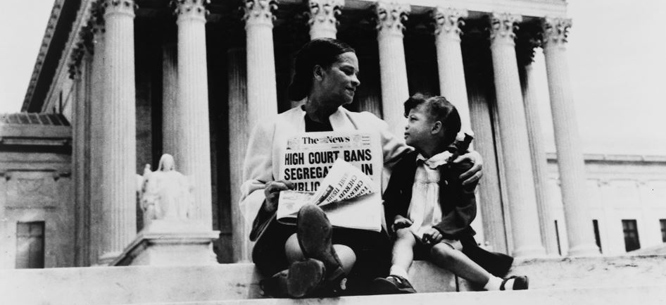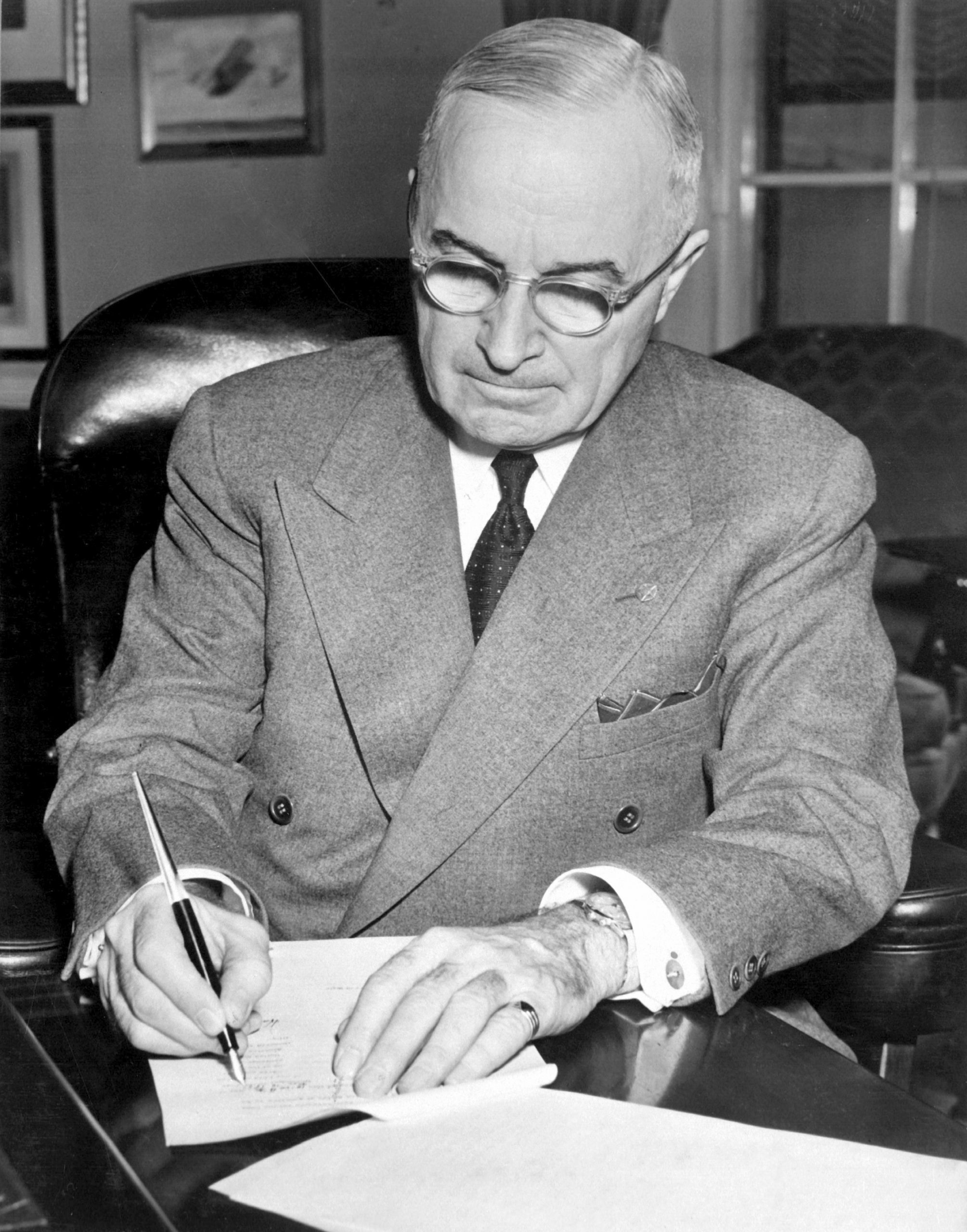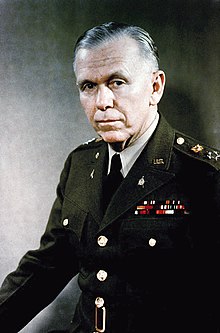Wilson first discusses how the Central Powers are willing to "discuss the objects of the war and the possible basis of a general peace." However, he states that while Russia presents a definite statement and program of principles for which to make peace, the other powers seemed more concerned with merely retaining all of the territory that they had conquered. The Russian representatives broke off negotiations. According to Wilson, the peace of the world relies upon the ability of the powers to negotiate peace out in the open, and not behind closed doors. Furthermore, he asserts that the poor and desperate Russians, under attack of Germany, desire to know the war aims of the Central Powers. He hopes that in some way America and the Central Powers could help the Russians to attain liberty and peace. Arguably the most important of his points was the 14th. This point suggested the start of the League of Nations, an world peacekeeping organization to help prevent any further world wars.


Wilson's 14 Points remind me of NATO, which is an intergovernmental military alliance between 29 North American and European countries. It is similar to Wilson's points because it represents an organization dedicated to preventing international hostility, just like the League of Nations tried to do.




_edit1.jpg)















